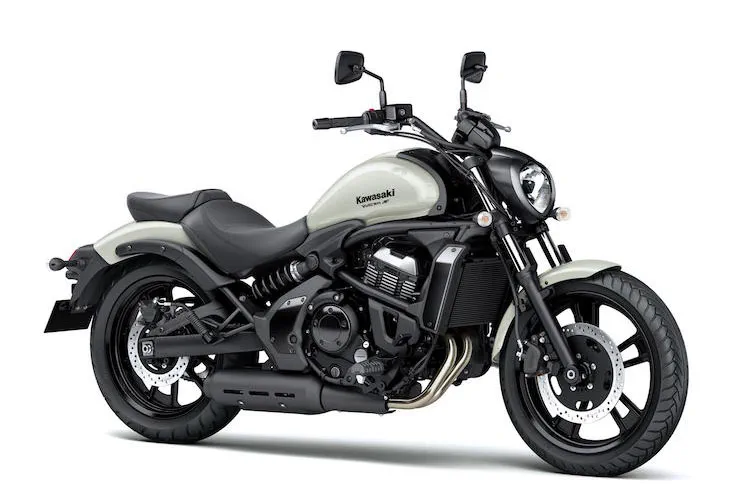
Introduction to Motorcycle Blue Book Values:
Motorcycle Blue Book values serve as a benchmark for assessing the worth of motorcycles in the market. As riders, enthusiasts, or buyers, comprehending these values empowers us to make informed decisions. It’s not just about numbers; it’s about understanding the intricacies of motorcycle valuation and the factors that influence them.
What is the Motorcycle Blue Book?
The Motorcycle Blue Book is a trusted resource that provides pricing information based on various factors such as make, model, year, mileage, and condition. It’s akin to a compass in the vast sea of motorcycle transactions, offering guidance on fair market values and trends.
Importance of Understanding Blue Book Values:
Understanding Blue Book values is pivotal for both buyers and sellers. Buyers gain insight into fair pricing, while sellers can gauge the worth of their motorcycle accurately, ensuring transparency and trust in the transaction process.
Factors Influencing Motorcycle Blue Book Values:
Several factors influence Blue Book values, including demand, market trends, condition, mileage, modifications, and regional variations. Recognizing these factors helps discern the nuances behind valuation fluctuations.
How to Access Motorcycle Blue Book Values:
Accessing Blue Book values is relatively straightforward. Numerous online platforms and resources offer free or subscription-based access to comprehensive motorcycle valuation databases, enabling users to retrieve accurate and up-to-date information effortlessly.
Understanding the Pricing Methodology:
The pricing methodology of the Motorcycle Blue Book encompasses extensive market research, data analysis, and industry insights. It leverages historical data, real-time market trends, and expert assessments to derive fair and competitive values for motorcycles across different segments.
Using Blue Book Values for Buying a Motorcycle:
For prospective buyers, Blue Book values serve as a valuable reference point for negotiating prices, assessing the overall market landscape, and ensuring that they’re making a sound investment aligned with their budget and preferences.
Using Blue Book Values for Selling a Motorcycle:
Sellers can leverage Blue Book values to set realistic and competitive prices for their motorcycles, attracting potential buyers while ensuring that the transaction remains fair and mutually beneficial.
Tips for Negotiating Based on Blue Book Values:
Also Read: Looking Up Motorcycle Values on Kelley Blue Book and NADA
Armed with knowledge of Blue Book values, both buyers and sellers can engage in negotiations with confidence, transparency, and fairness. Effective negotiation involves understanding market dynamics, valuing the motorcycle’s attributes accurately, and finding common ground for a satisfactory deal.
Common Pitfalls and Misconceptions:
Despite its reliability, the Motorcycle Blue Book is not devoid of pitfalls and misconceptions. It’s essential to be aware of potential inaccuracies, regional variations, and subjective factors that may impact valuation outcomes.
Alternatives to Blue Book Values:
While the Motorcycle Blue Book remains a prominent resource, exploring alternative valuation methods such as appraisals, market research, and professional consultations can provide additional insights and perspectives, especially for unique or rare motorcycles.
Also Read: NADA Motorcycle – The Best Platform to Check Motorcycle Value
Conclusion:
Maximizing Value and Making Informed Decisions: Understanding Motorcycle Blue Book values empowers individuals to navigate the motorcycle market confidently, whether buying, selling, or simply exploring. By leveraging this knowledge, riders and enthusiasts can maximize value, foster transparency, and make informed decisions that align with their goals and aspirations in the dynamic world of motorcycles.













